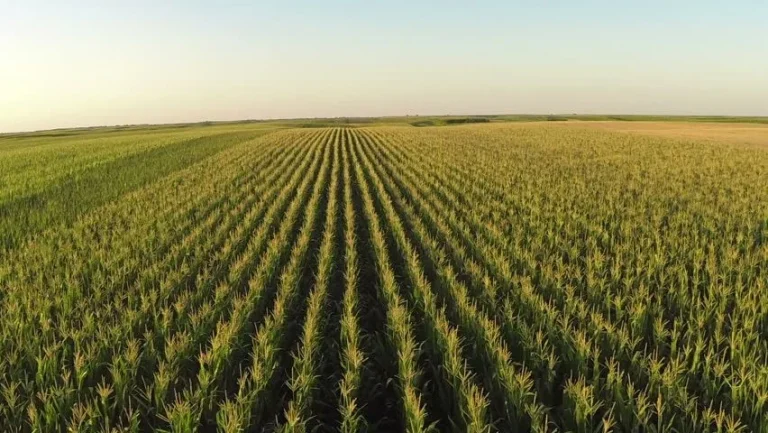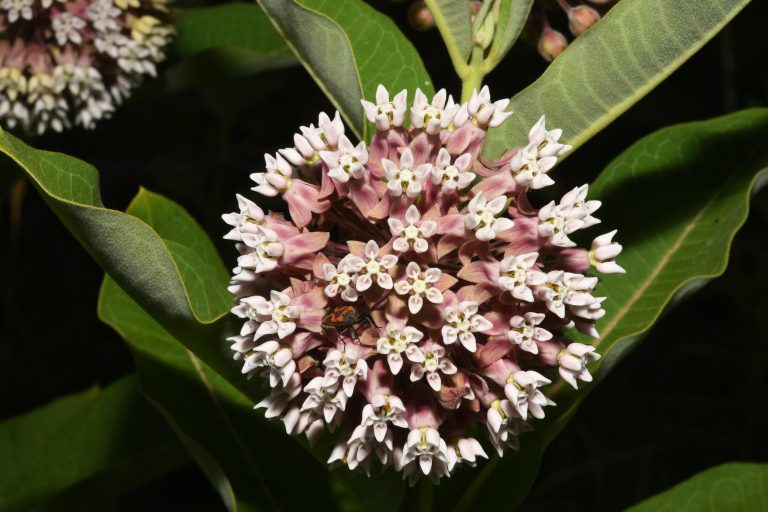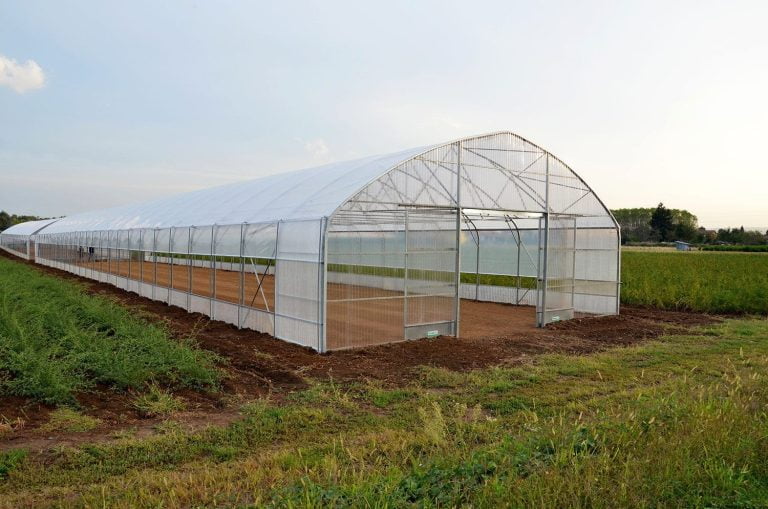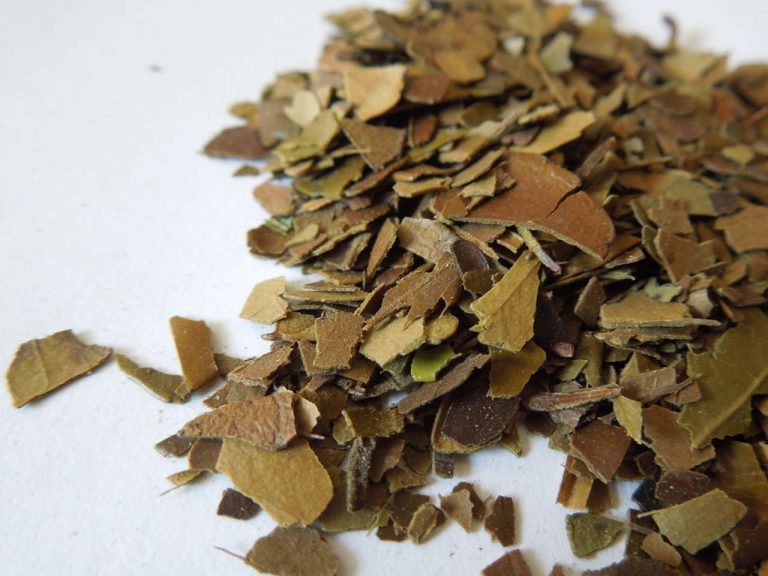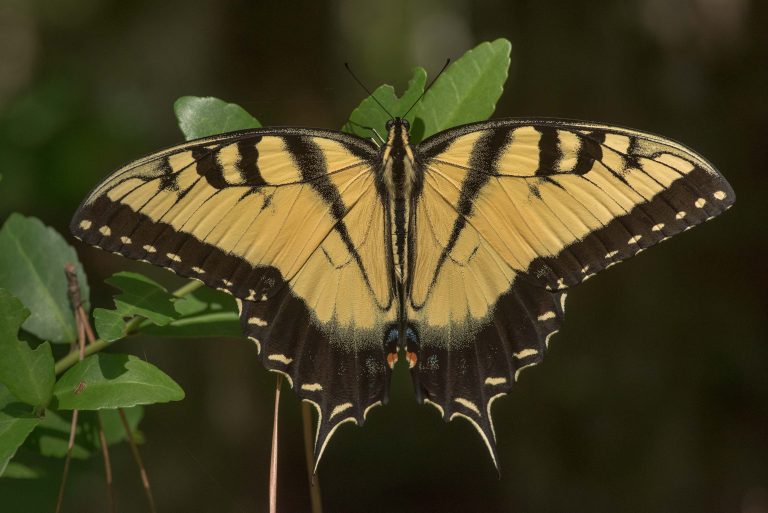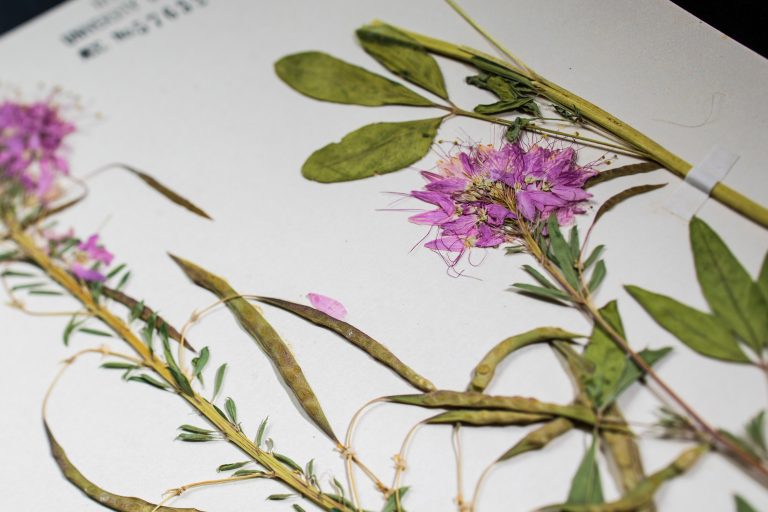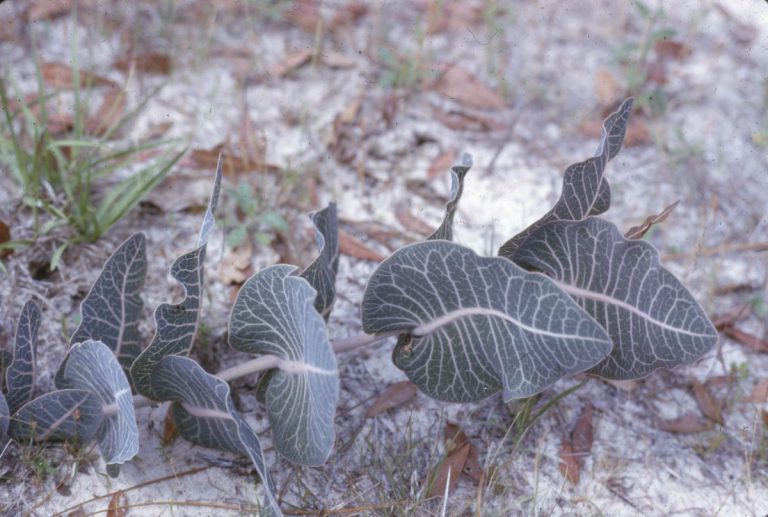Which U.S. States Have Endangered Milkweed Species?
There are a handful of U.S. States which have listed Milkweed species (Asclepias) in some form. There are also federally-listed Milkweed species which applies to many states. Johnny Butterflyseed has gathered some answers for you. Quick Answer Any U.S. state with native prairieland will likely have endangered Milkweed, due to habitat destruction. Federally-Listed Milkweed Applies…
